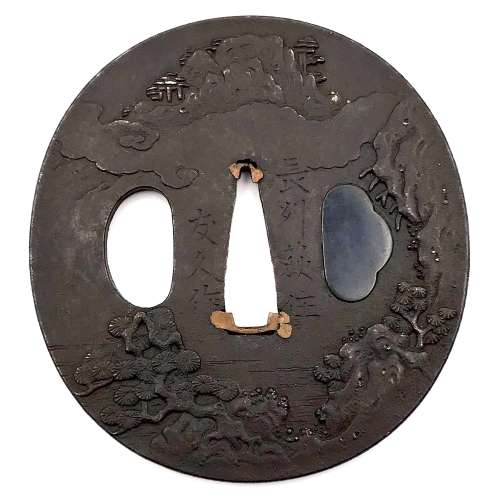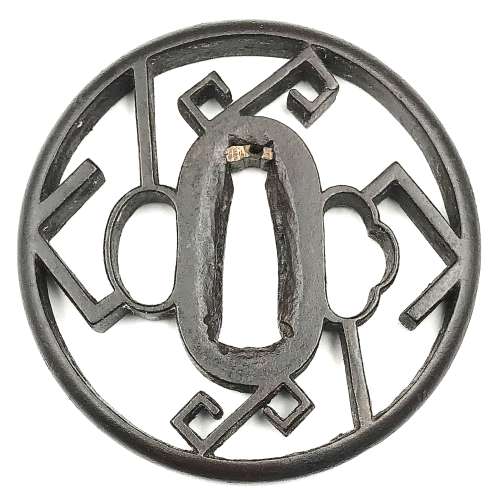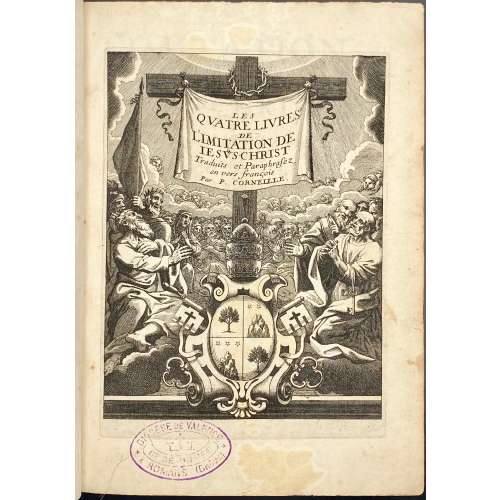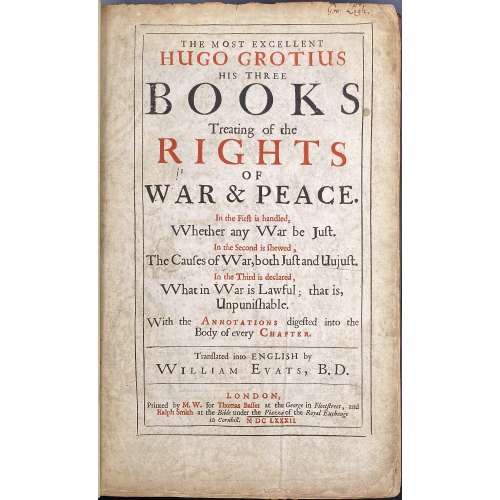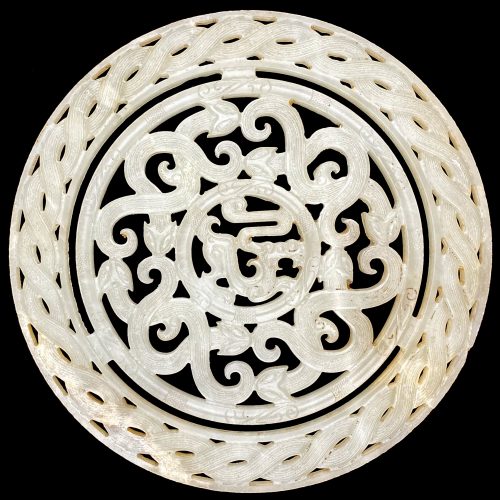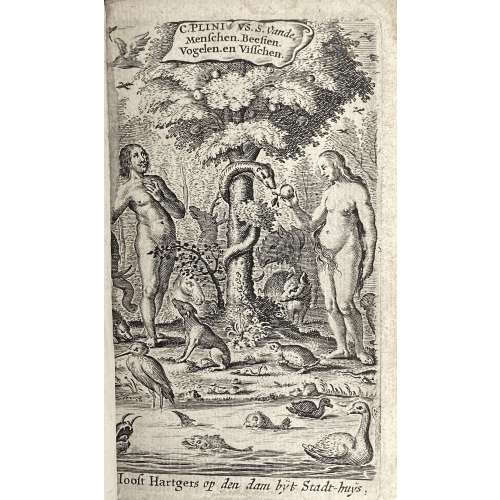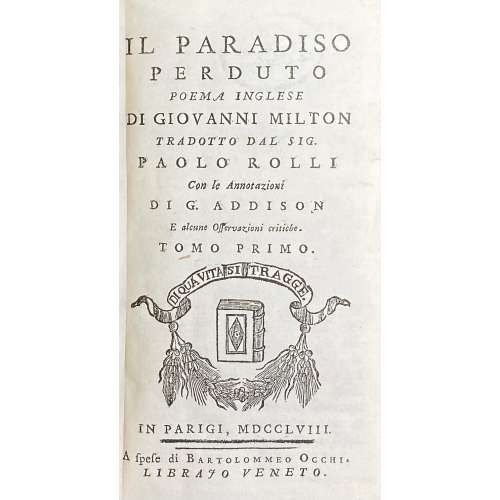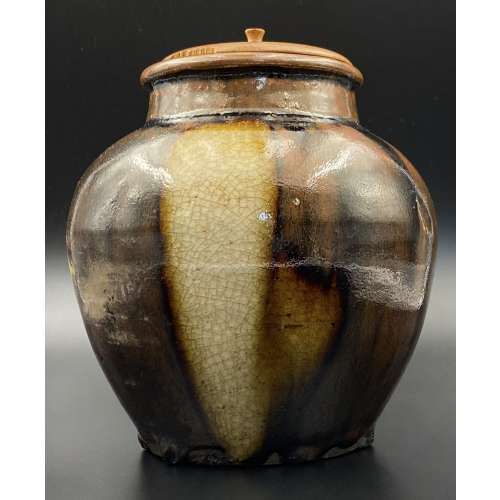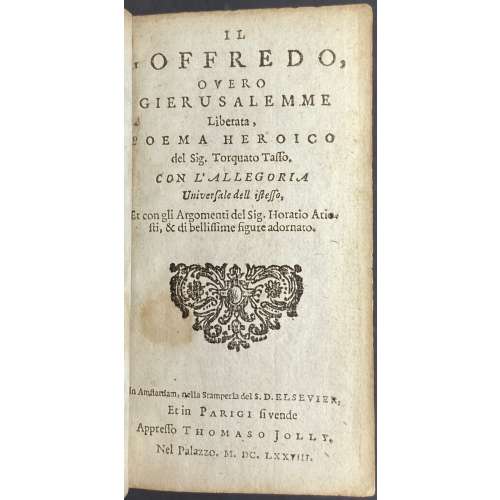Vol. 1:
Engraved t.p.: An architectural setting with flags and arms, and sitting male and female figures in armour, perhaps representing Tancredi and Clorinda, with lettering above their heads: “GIERVSA– | LEMME | LIBERATA”.
Title-page: IL | GOFFREDO, | OVERO | GIERUSALEMME | Liberata , | POEMA HEROICO | del Sig. Torquato Tasso. | CON L’ ALLEGORIA | Universale dell istesso, | Et con gli Argomenti del Sig. Horatio Ario- | sti, & di belissime figure adornato. | {woodcut element} | In Amsterdam, nella Stamperia del S.D. ELZEVIER, | Et in Parigi, si vende | Appresso Thomaso Jolly. | Nel Palazzo, M. DC. LXXVIII. ||
Collation: 8vo; [A
1] 1
st blank, engraved t.p., [A
2] letterpress t.p., pp. [1-4]; signatures start at A
3, pagination starts at p. 37; Allegoria: A
3-B
1, pp. [5-18], Tavola: B
2-C
2, pp. [19-36]; Il Goffredo: C
3-R
8, pp. 37-271 [272]. Total A-R
8: 136 leaves (272 pages), plus 11 plates, incl. engraved t.p., and frontispiece (sculptural bust portrait of Torquato Tasso in a laurel wreath, with a lettered plate below “TORQVATO | TASSO”).
Vol. 1:
Title-page: Similar but “TOMO II.” after “sti, & di belissime figure adornato.” and before the woodcut element.
Collation: 8vo; 1
st blank, letterpress t.p., signatures start at A
3, p. 5; A-S
8, pp. [4] 5-285 [3]. Total A-S
8: 144 leaves (288 pages) plus 10 engraved plates.
Binding: Two volumes 15 x 6 cm, uniformly bound in 19
th-century green morocco, gilt triple-fillet border, bull heads at corners, spine with raised bands, gilt in compartments, two gilt-lettered crimson labels, blue endpapers, 2 blank laid paper leaves in the front, AEG.
Contributors:
Torquato Tasso (Italian, 1544 –1595) – author.
Daniel Elzevir (Dutch, 1626-1680) – publisher.
Thomas Jolly (French, fl. 1648 – 1694) – publisher.


